7 FAQs to Wacker Plate [Complete Answers]
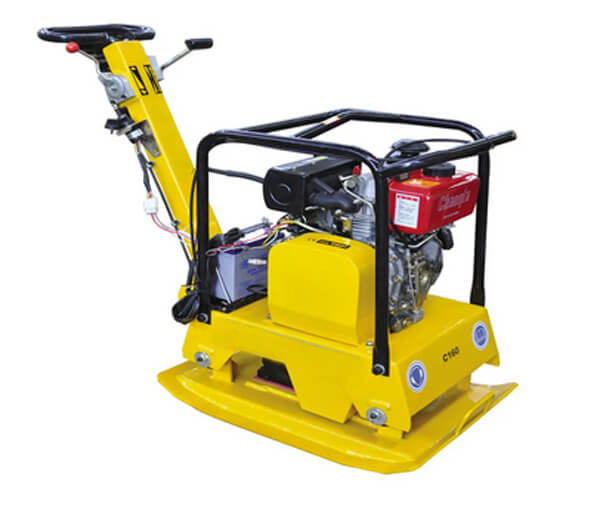
Have you chosen Wacker plate as your go-to compactor? Here are the most common questions contractors and homeowners asked about the Wacker plate compactor on different material.
Vibratory Plate Start from $180
Contents
Can You Use Wacker Plate On Soil
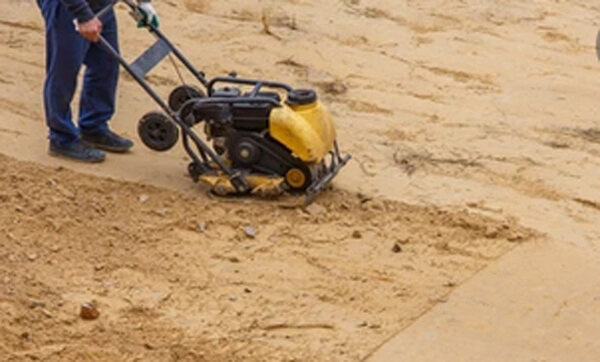
Wacker plate can definitely be use on soil, it is in fact used upon by many contractors that it can be always available in any construction sites.
One of the most important task during the construction is making sure that your subfloor is well compacted. Your compacted soil will affect the stability of the structure because it carries the working load during the occupancy of the building, thus in order to avoid any significant settlement of the building in a short span of time, your substrate should be compact on its required level.
To help you decide the type of Wacker plate you have to rent or purchase, know first your type of soil and how big your compacting project is. Once done, you can have a wide choices of Wacker plates with different sizes, vibration rate, etc. to maximize your time during the compaction.
Can You Use Wacker Plate On Grass
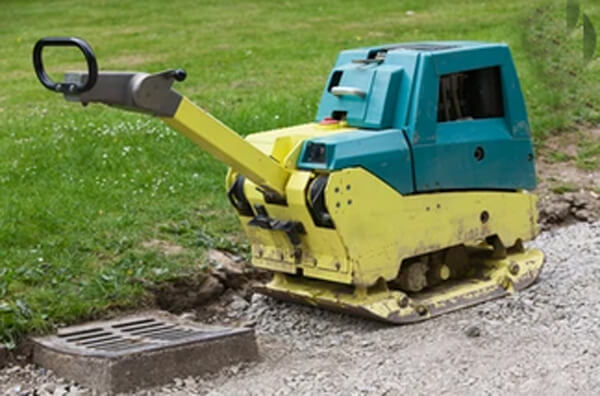
If you’re using artificial grass on your installation for your lawn, it is best to compact your sub-base and laying course. Though installing an artificial grass usually is an easy process, failure to follow the necessary steps for the installation process will result to deterioration over time.
One is to make sure that you have removed the existing turf and excavate the required depth that your sub-base and laying course will occupy. Second, check whether your sub-base are stable that no water can penetrate through the voids. Third, follow the supplier instruction on how to lay the artificial grass. After doing so, allow it to settle.
If you’re using real grass, the answer may vary. Because of the compaction, the roots of the grass cannot deeply penetrate the soil because it removes voids and air pockets where the grass roots will grow. Compacting your grass will only create a shallow rooted lawn that will eventually be washed away by the rain.
If you want to make sure that your lawn is level, you can use a lightweight roller to slightly compact the soil and remove some air pockets but still allow your roots to grow.
Can You Use Wacker Plate In The Rain
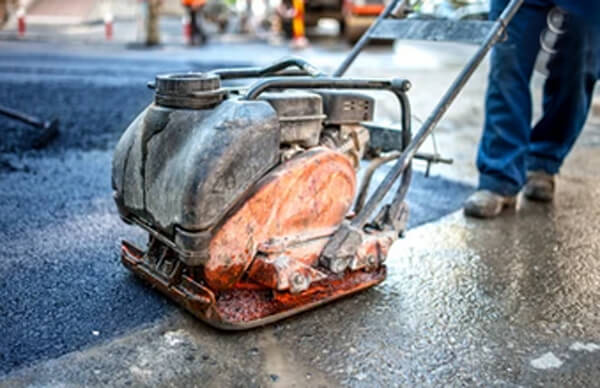
Moisture content is one of the factor that affects your compaction but too much of it will do you more wrong than good. Using a Wacker plate during the rain is a bad idea, it will cost you more time without good accomplishment, and your soil will turn into a muddy mess. One more thing is it may ruin your Wacker plate components which will deteriorate over time.
Using Wacker plate during heavy rain is not advisable, but if it is a light rain, you can do so but it mainly depends on your type of soil. Allow first to let the water damp before you use your Wacker plate.
Can You Use Wacker Plate In The Sand
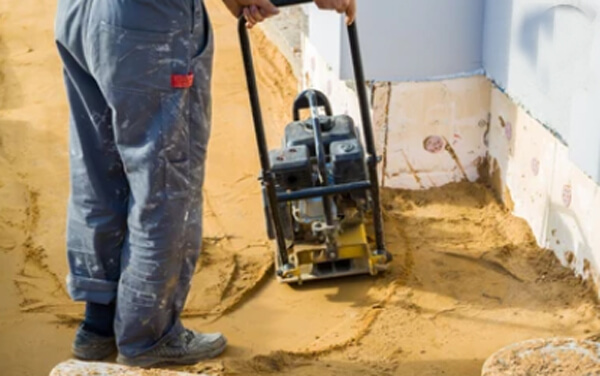
One of the type of soil is fine-grained soil which is sand is under this classification. Definitely yes, you can use a Wacker plate in sand, but it can be challenging due to the low cohesion of granular soils.
To compact sand using Wacker plate, you must add water to fill in the voids and use a Wacker plate compactor with a high frequency or vibration per minute and can apply a force well distributed to your area.
Can You Use Wacker Plate In The Gravel
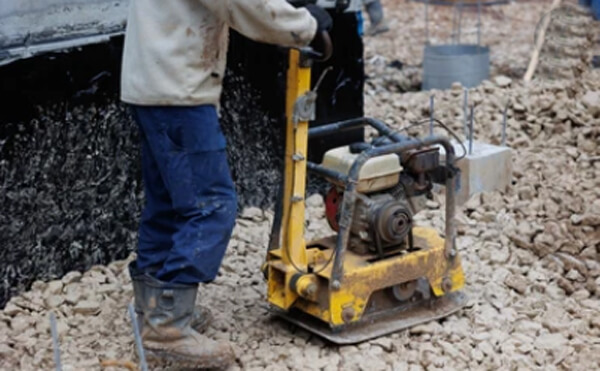
Like sandy soil, gravel is only under the soil classification granular or fine-grained soil which as low cohesion which imposes challenges during the compaction. In order to compact gravel using a Wacker plate, application of the right amount of water to the gravel should be done to help bind the soil particles and be well-compacted.
Once done, compacted gravel is one of the best option for driveways or pathways because it creates a strong and stable surface and very cost effective which is advisable to be used around your home.
Can You Use Wacker Plate On Block Paving
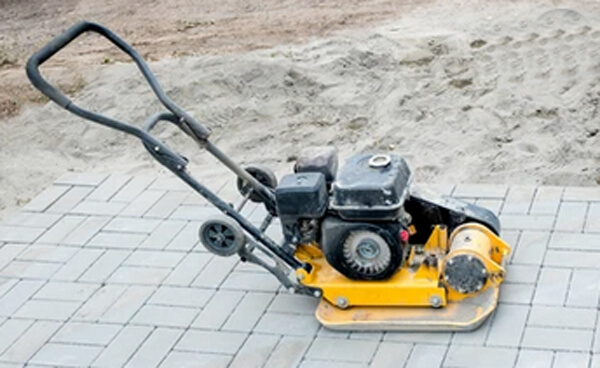
Wacker plate is best used after laying your block paving. But before doing so, make sure that your sub-base is well compacted.
Your excavated depth should be adequate enough for your soil aggregates. Lay your blocks in your desired pattern and assure that your blocks are in proper alignment. Correct or make necessary adjustment before you completely lay your block to avoid carrying the mistake which will take more time. After all your blocks are laid down, apply sand in the joints between the blocks. Use a Wacker plate on top of your blocks to ensure interlocking between blocks and that the joints are evenly and completely filled with sand.
Check the levelness of the block paving change necessary adjustment using your Wacker plate, it is recommended to run your Wacker plate over for at least 5 times to ensure compaction.
Can You Use Wacker Plate On Patio
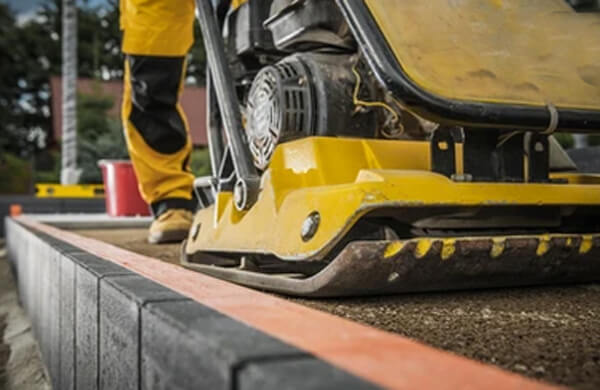
To improve the levelness after finished patio, run a Wacker plate over. There are many who are curious whether to provide a pad on the plate before using worrying that it may crack or break your material, but it is unlikely to happen if you make sure that the Wacker plate has the right frequency and weight.
No matter what your patio is made from, gravel, blocks or simply turf, ensure that the sub-base is compact to avoid any bulging, breakage and lumps in the long run that can cost you for maintenance.
vibrating compactor Start from $180
Conclusion
The reason why Wacker plate is used by the contractors and homeowners for their renovation is because of its versatility. It can be used on different materials like coarse and fine grained soil and blocks. Wacker plate is also customize to fit the job with a wide range of sizes, frequency, and pressure and can even be run by petrol or by electricity.
Before choosing your Wacker plate, know your material first to do the job correctly in an adequate time.
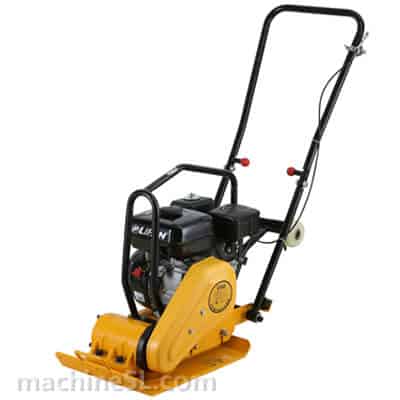
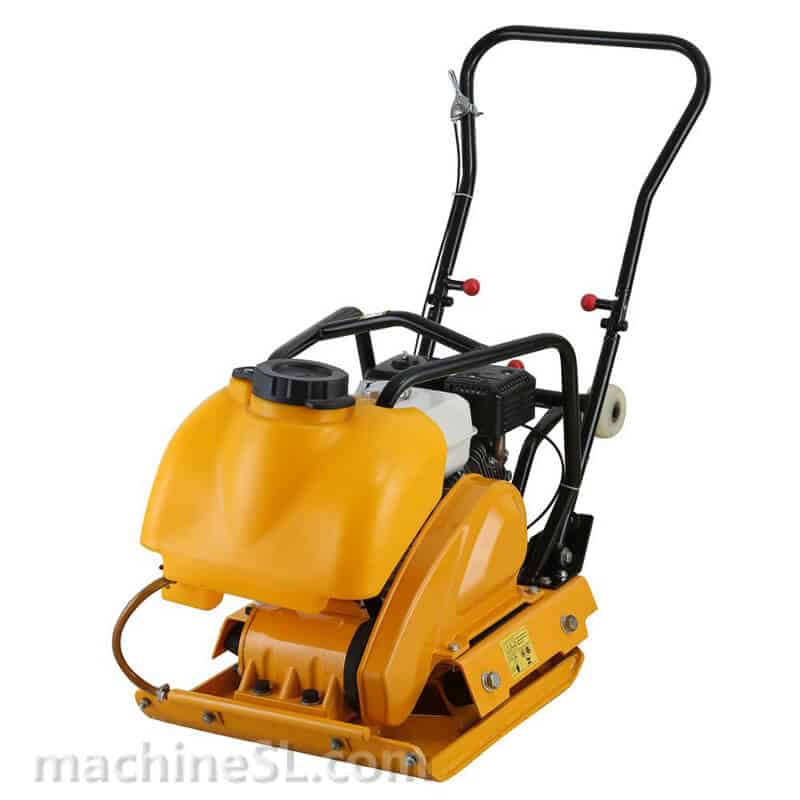
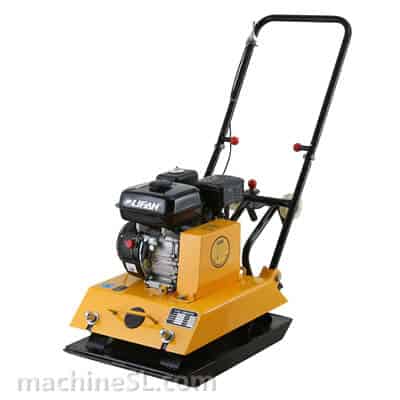
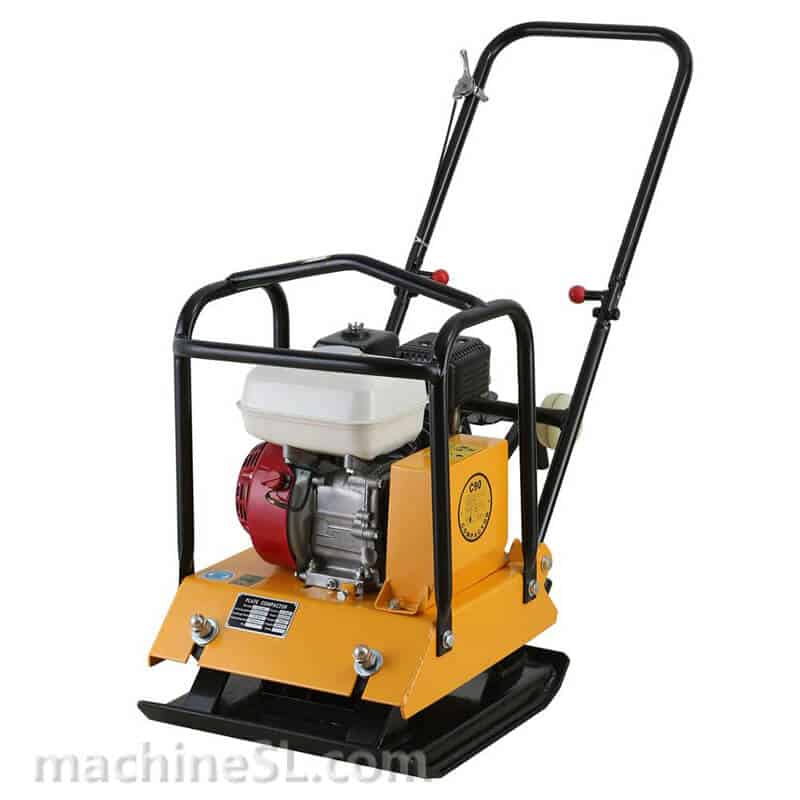
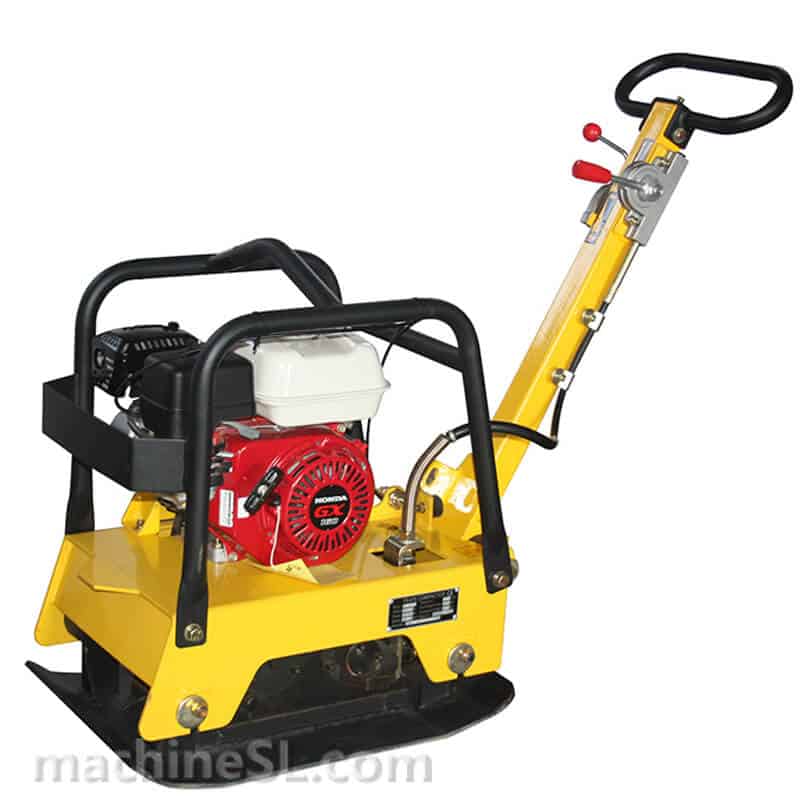
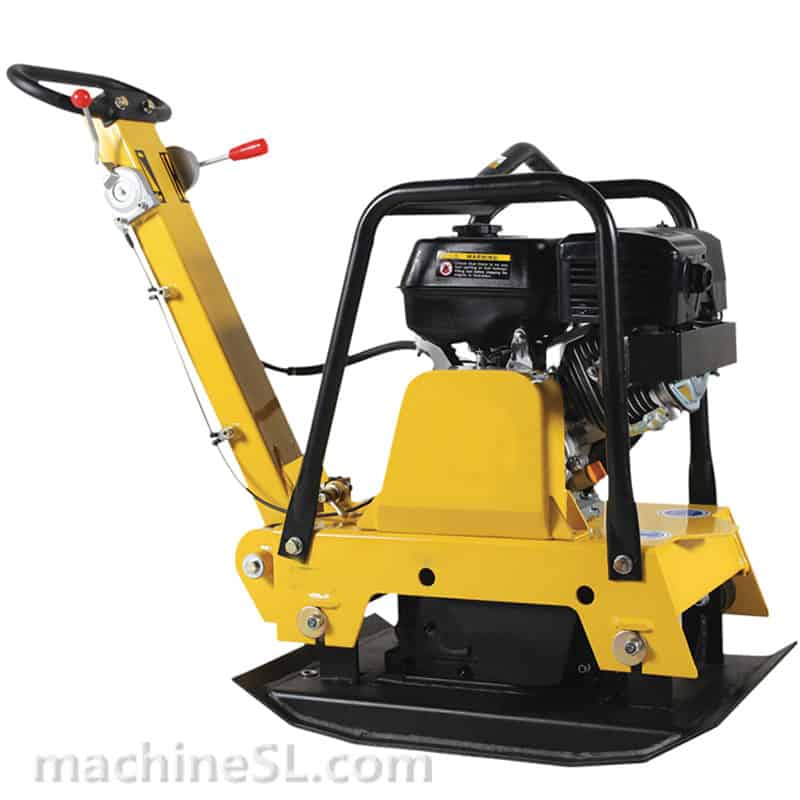
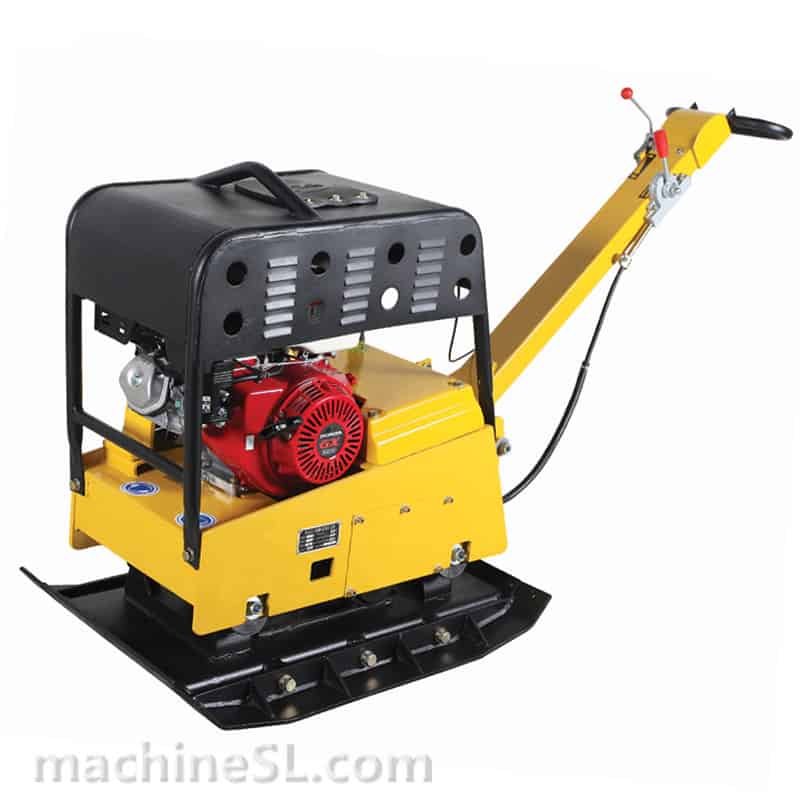
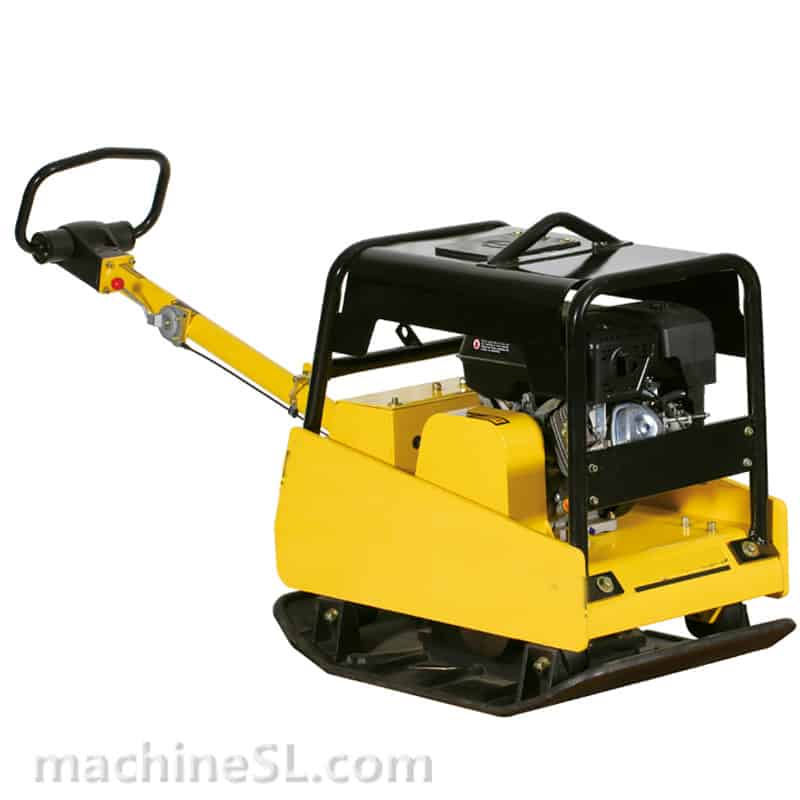
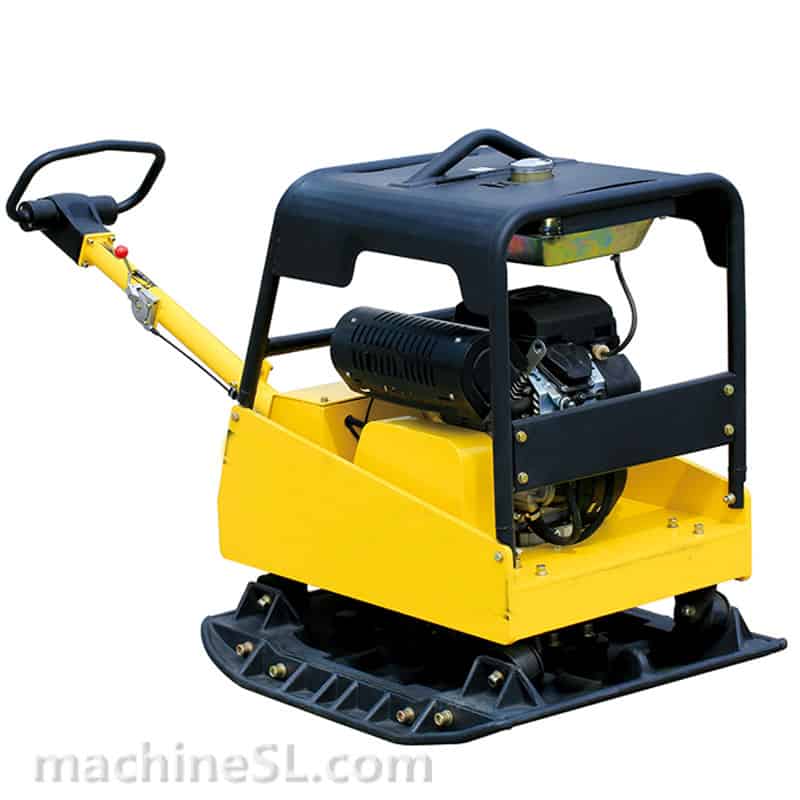
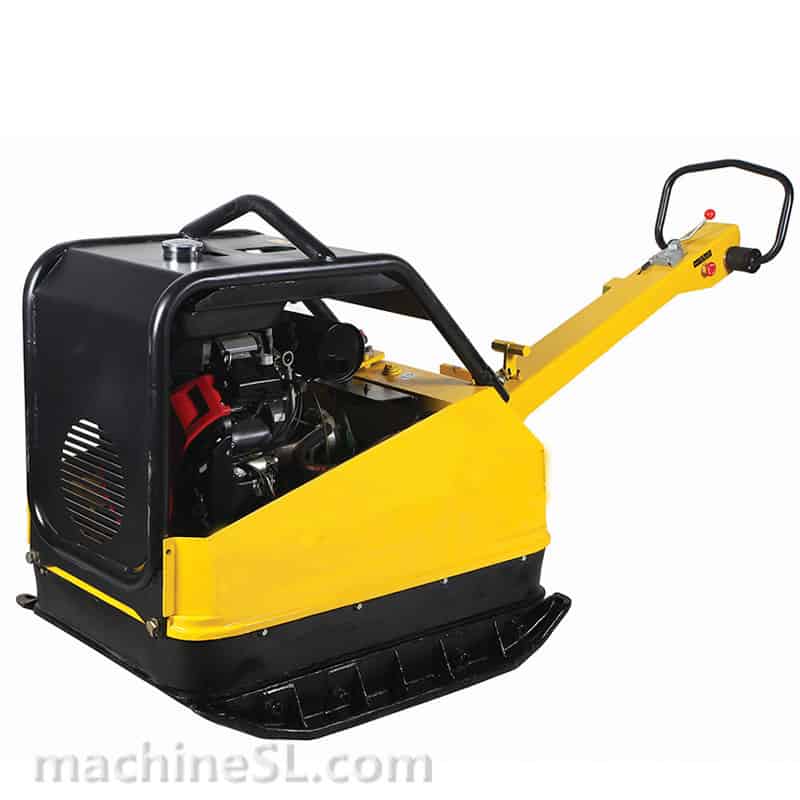
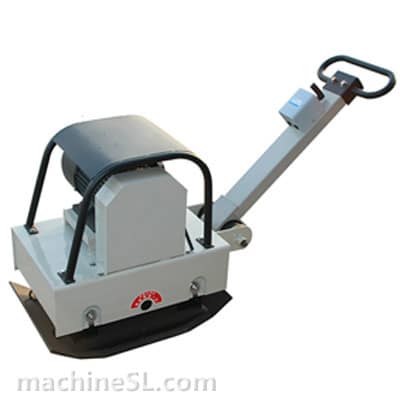
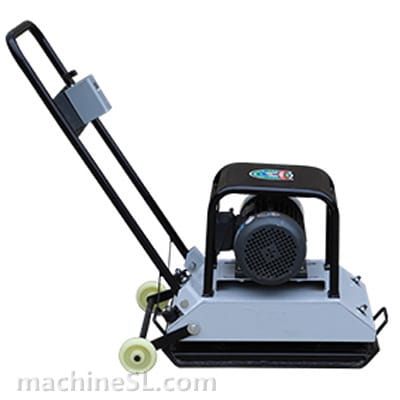

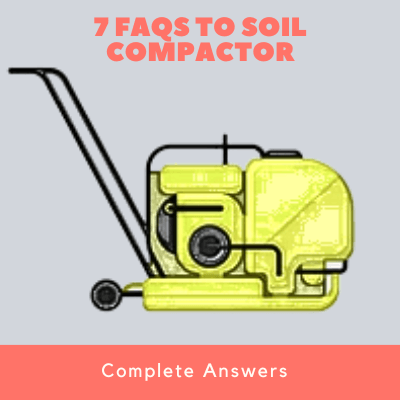
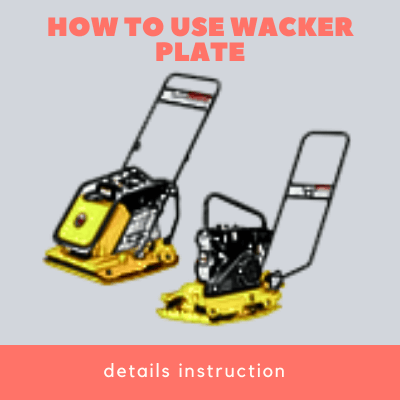
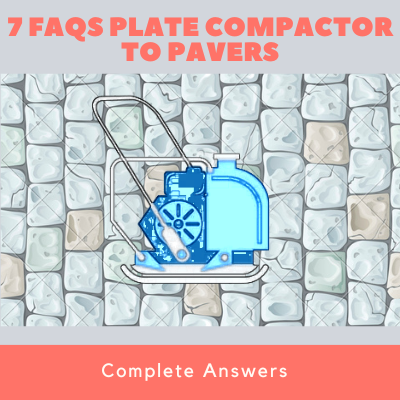
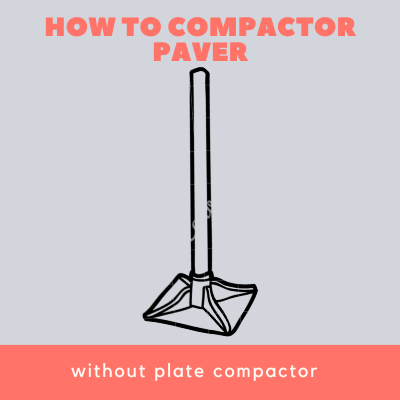
Leave A Comment